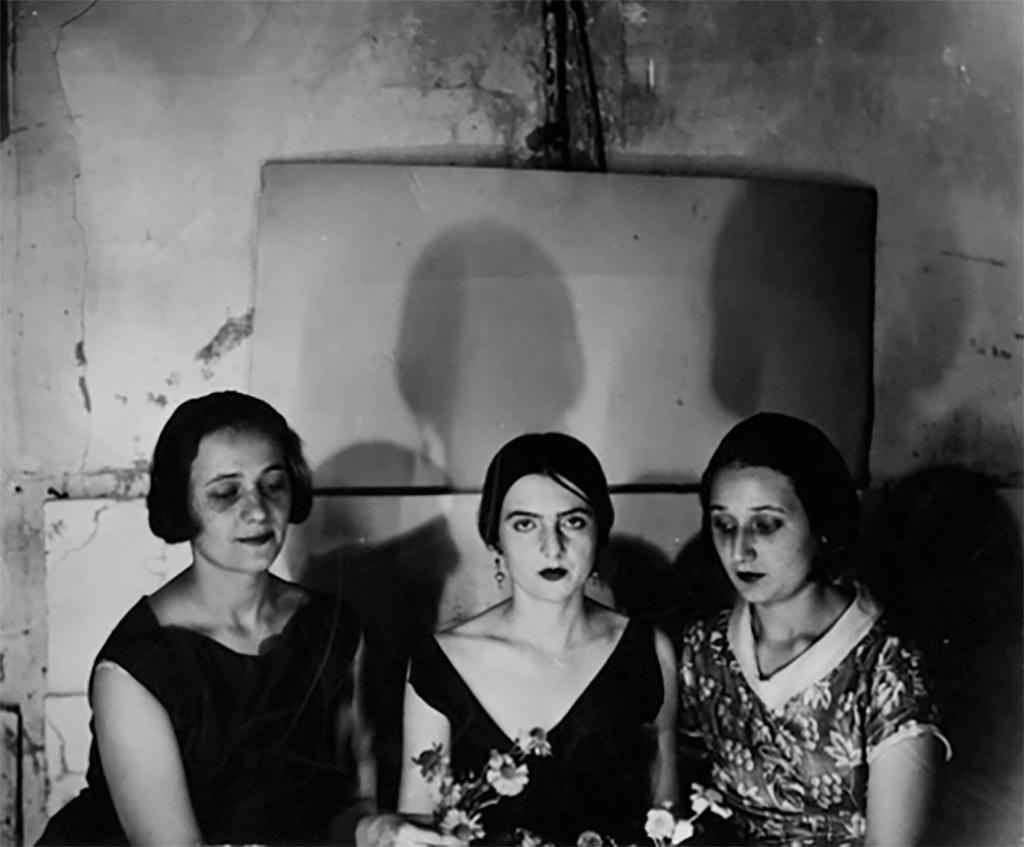Aron BRZEZINSKI
January 4, 2019Joseph CONSTANT
January 4, 2019Irina CODREANU
BUCHAREST 1896 – NOGENT-SUR-MARNE (FRANCE) 1985
Irina Codreanu was born in Bucharest, where she studied at the School of FineArts from 1915 to 1918. She arrived in Paris in 1919 with her sister, who was a dancer. She studied under Bourdelle at the Académie de la Grande Chaumière. In 1921, Irina exhibited her work at the Salon d’Automne. From 1924 to 1928, she worked in Brancusi’s studio. Irina Codreanu made friends with the artists in Montparnasse. She was close to the sculptor Marguerite Bayser-Gratry.
From 1925, she exhibited her work at the Salon d’Automne, Salon des Tuileries, and Salon des Indépendants. From 1929, her sculptures were shown at official exhibitions in Bucharest. In 1929, a solo exhibition on her work took place in Brussels.
In 1978, she was awarded a prize for Eileen, which she made towards the end of her life. She died in Nogent-sur-Marne in 1985. Many of her works are exhibited in Liège, Bucharest, at the Musée d’Orsay in Paris and at the Musée des Années Trente in Boulogne-Billancourt.
Stories of Jewish Artists of the School of Paris 1905-1939
FRENCH-ENGLISH
Capitale des arts, le Paris des années 1905-1939 attire les artistes du monde entier. De cette période de foisonnement, un terme est resté, celui d'Ecole de Paris, qui recouvre une grande diversité d'expression artistique. Dans ce brassage dont Montparnasse est le creuset, un groupe se distingue : celui des artistes juifs venus de Russie, de Pologne et d'Europe centrale. Si leurs styles sont variés, un destin commun les rassemble : ils fuient l'antisémitisme de leur pays d'origine. Certains ont connu la célébrité dès les années 1920, tels Soutine, Lipchitz ou Chagall. D'autres n'ont pas eu le temps ou la chance d'y accéder. Près de la moitié a péri dans les camps de concentration nazis.
From 1905 to 1939, Paris attracted artists from all over the globe as the capital of the art world. This period of artistic proliferation became known as the School of Paris, and includes a great diversity of artistic expression. Within the teeming art world centred on Montparnasse, one group set itself apart: Jewish artists from Russia, Poland, and Central Europe. Although their styles were diverse, they shared the common fate of fleeing anti-Semitic persecutions in their home countries. Some became famous in the 1920s, such as Soutine, Lipchitz, and Chagall, while others did not have the time or the luck to gain renown. Nearly half of these artists died in Nazi concentration camps.





